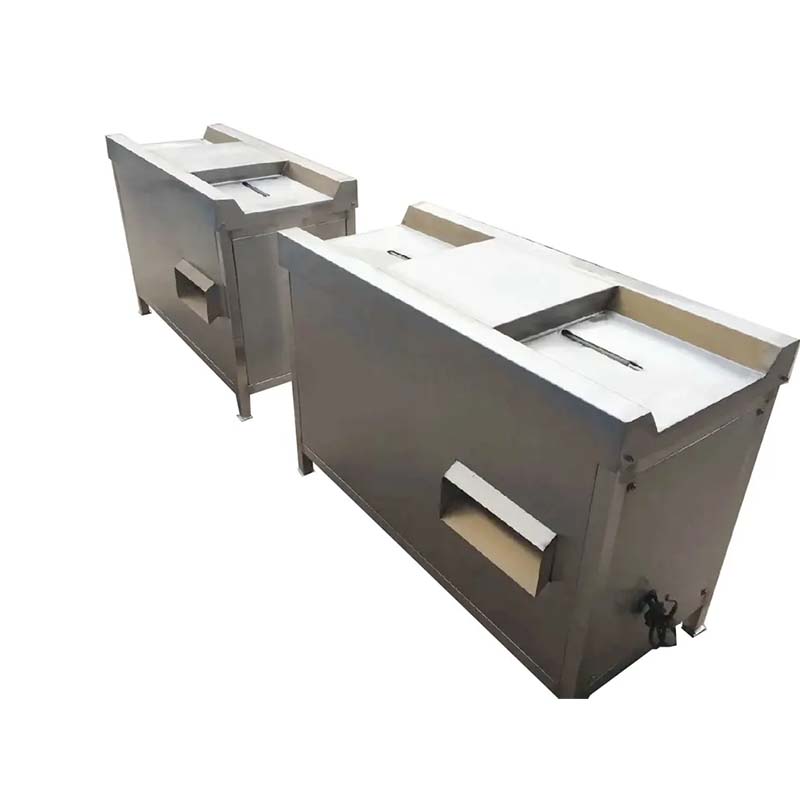Innovative Designs for Efficient Laboratory Rabbit Housing Solutions
Sep . 29, 2024 04:40 Back to list
Innovative Designs for Efficient Laboratory Rabbit Housing Solutions
Laboratory Rabbit Cages Importance, Design, and Welfare Considerations
Laboratory rabbits play a crucial role in biomedical research, contributing to our understanding of numerous diseases and the development of treatments. However, the ethical treatment and welfare of these animals are of paramount importance. The design and construction of laboratory rabbit cages are critical not only for the safety and comfort of the animals involved but also for the validity and reproducibility of research findings.
Design Considerations
When designing laboratory rabbit cages, several factors must be considered. Firstly, the size of the cage is essential. Rabbits are social animals that require adequate space to move, explore, and exhibit natural behaviors. A generally accepted guideline is that rabbits should have a cage that allows them to hop freely. The minimum size recommended is approximately 4 square feet for a single rabbit, with additional space required for each additional animal.
Ventilation is another crucial design element. Proper airflow helps to maintain a stable environment, reducing the risk of respiratory problems that can arise from stagnant air or excessive moisture. Cages should be designed to ensure good air exchange while preventing drafts that can cause stress to the animals.
Furthermore, the type of materials used for the cage should be easy to clean and resistant to wear. Stainless steel is often preferred due to its durability and non-porous surface, which helps to minimize the risk of contamination. The flooring should be solid to protect the rabbit's feet from injury, as wire floors can lead to painful hock sores. Providing bedding made from safe and absorbent materials is also critical for comfort and hygiene.
Enrichment and Socialization
laboratory rabbit cages

Laboratory rabbits require more than just a basic shelter; they need environmental enrichment to promote psychological well-being. This can include items such as tunnels, boxes, and chew toys, which allow rabbits to engage in natural behaviors like exploring and chewing. Additionally, social interactions are vital. Rabbits are social creatures and thrive when housed in pairs or groups, provided they are compatible. Therefore, researchers should consider the social structures and dynamics of the animals when planning their housing.
Welfare Regulations and Guidelines
In many countries, the care and housing of laboratory animals, including rabbits, are governed by strict regulations and guidelines to ensure their welfare. Organizations such as the American Association for Laboratory Animal Science (AALAS) and the National Research Council (NRC) provide resources and recommendations on best practices for animal care and housing in laboratory settings.
These guidelines often emphasize the importance of minimizing stressors in the environment, which can affect not only the wellbeing of the rabbits but also the outcomes of the research. Stress can alter physiological responses, potentially leading to multiple confounding factors in experimental results. Therefore, adherence to welfare standards is not just an ethical obligation but also a scientific necessity.
Conclusion
The design and management of laboratory rabbit cages play a vital role in ensuring the health and wellbeing of the animals while maintaining the integrity of scientific research. As our understanding of animal welfare continues to evolve, it is essential for researchers and institutions to stay informed about the latest advancements in housing design and enrichment practices. Providing a suitable environment for laboratory rabbits not only demonstrates a commitment to ethical research but also enhances the quality and reliability of the scientific outputs derived from these studies. Investing time and effort into designing appropriate cages can lead to healthier animals and more reproducible research results, ultimately benefiting both science and society.
-
High Performance Exhaust Fan – Efficient Ventilation Solutions for Home
NewsJun.10,2025
-
High-Quality Gestation Pen for Sows Durable Mobile Pig Pen & Simple Pig Pen Solutions
NewsJun.10,2025
-
High Quality Rabbit Cage Double Tier Designs & Welded Wire Mesh Supplier
NewsJun.10,2025
-
Floating Fish Feed Machine - High Efficiency Floating Fish Feed Extruder for Small Scale Production
NewsJun.10,2025
-
Premium Poultry Housing Solutions Mobile & Commercial Free Range Options
NewsJun.10,2025
-
Industrial FRP Fans Corrosion-Resistant Blades & Centrifugal Systems
NewsJun.09,2025






